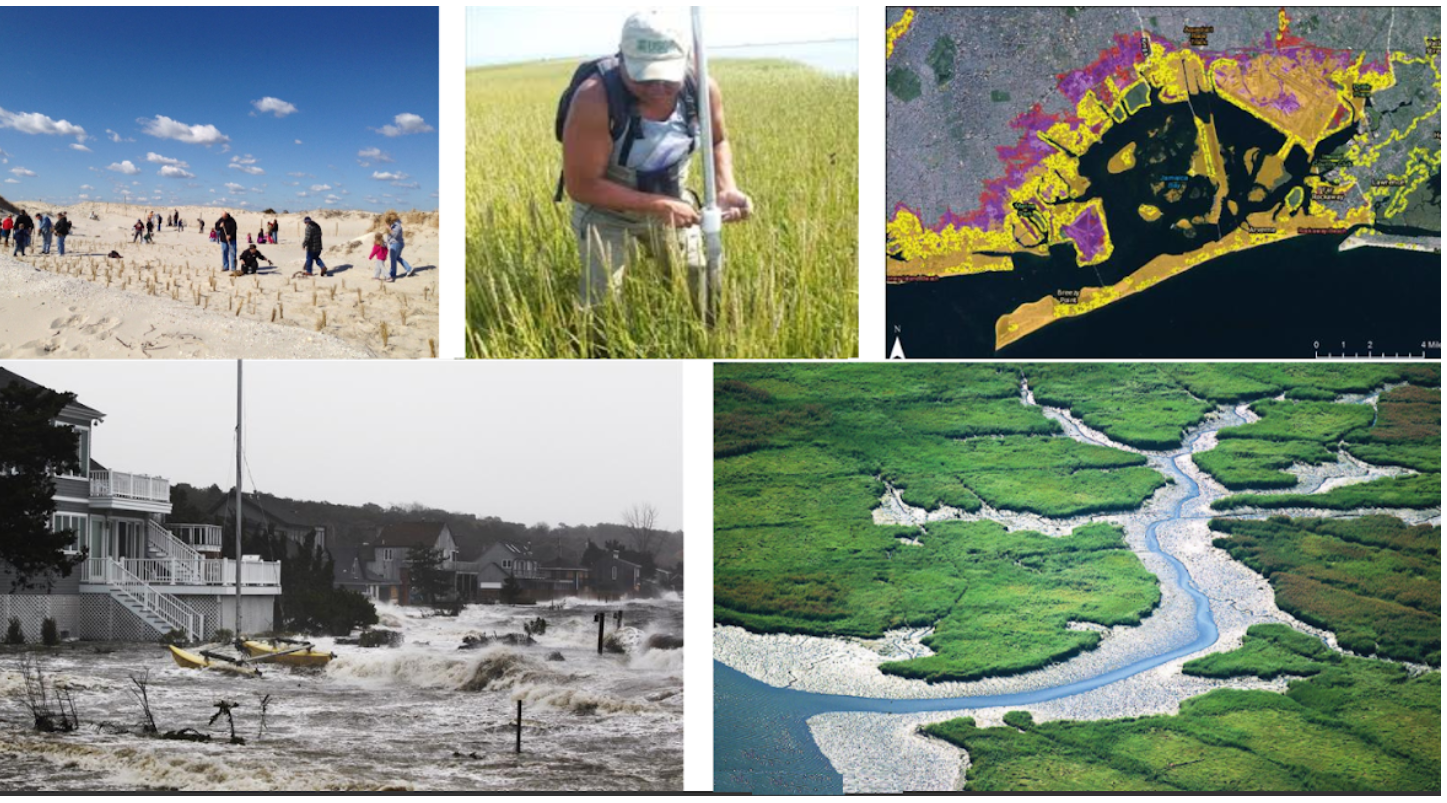The year 2017 has just been designated as the year of the most costly disasters ever. According to the Tristate Regional Plan Association, “more frequent and intense storms will affect large swaths of both coastal and inland areas that will put the most vulnerable at risk.” Four hundred thousand Long Island residents and 2 million residents in the tri-state region who live in a zone that is under six feet above sea-level are vulnerable to recurrent flooding and growing storm surges in the coming decades and century.
The Center for Disaster Resilient Solutions (CDRS) has organized two councils: the Port Washington and The Long Island Coastal Community Councils. Residents are encouraged to attend the second meeting of these councils, which will take place at the Port Washington Public Library on Tuesday, Dec. 4, from 7 to 8:45 p.m. A third meeting will take place at the library on Monday, Jan. 7, from 7 to 8:45 p.m.
In a very real way, Superstorm Sandy — with a nine-foot storm surge — introduced Long Island residents to the need for community-level resilience. Now, residents don’t have to imagine the probable impacts of a warmer climate: this highly populated coastal area has already experienced the short-term high impact extreme events of hurricanes and nor’easters, heat waves, and droughts and understands the implications of these extreme events projected to occur with greater frequency and severity in years ahead. Parts of Port Washington and many other Long Island Coastal communities are especially vulnerable to these impacts.
The upcoming CDRS and council meetings at the Port library feature noted speakers and representatives from government, environmental organizations, universities, and community groups. These meetings will establish a diverse profile of community groups and environmental organizations from Port Washington, as well as from the north and south coasts of Long Island.
CDRS aims to educate and involve both large and small communities in preparing for coastal flooding, sharing their common goals, aligning with each other to develop communication networks, exchanging ideas for solutions, and establishing collaborative initiatives for mutual aid. Additionally, these initial conferences will address large-scale changes that local communities need to make for resiliency for present and future generations.
CDRS has discovered that many coastal communities like Port Washington are largely unaware that risks from sea-level rise and severe storms are accelerating. Everyone has a stake in planning for a community that can be resilient to these eventualities. Help us design state-of-the-art resilience plans to prepare for sea-level rise, more severe storms, coastal flooding, and disasters. Your attendance at these library meetings is crucial to the collective future of Port Washington and of Long Island.



